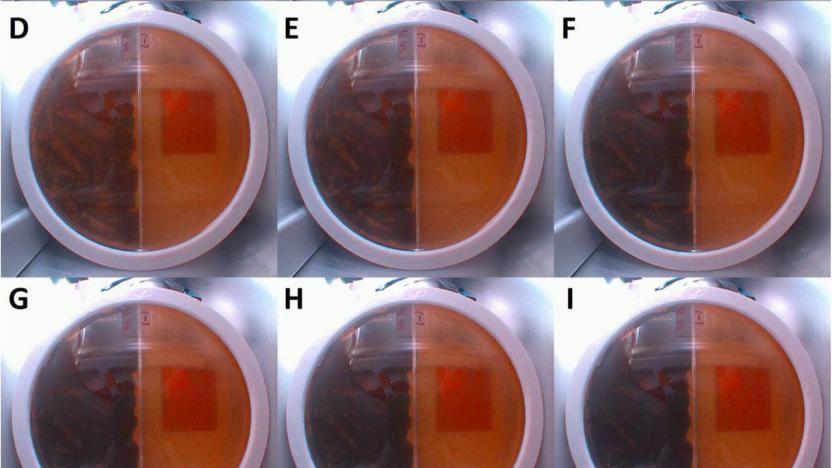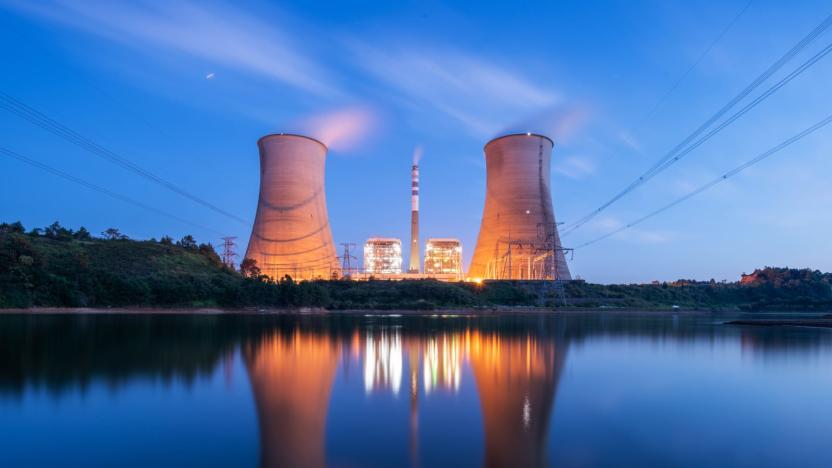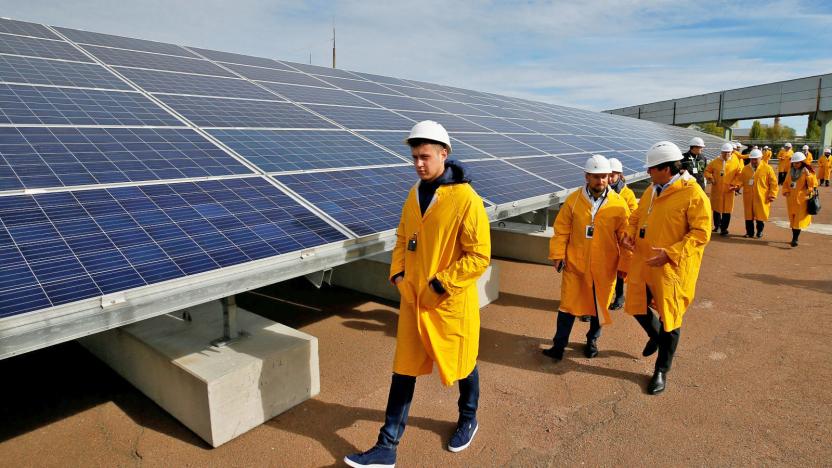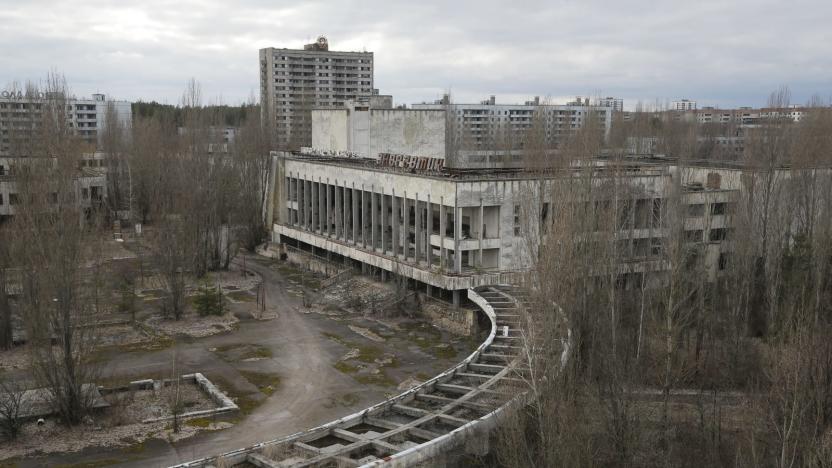Chernobyl
Latest

'S.T.A.L.K.E.R. 2' gameplay teaser previews the game's 2021 launch
'S.T.A.L.K.E.R. 2' is set to ship in 2021, more than ten years after it was announced, and this is our first in-engine look at the PC and Xbox game

Chernobyl mold could shield astronauts from deep-space radiation
One of the biggest dangers of interplanetary travel is radiation exposure. In a single round trip to Mars, for instance, you may absorb 60 percent of the maximum recommend lifetime dosage. One surprising solution may be mold, according to researchers from Stanford and North Carolina universities. They discovered that fungus thriving in the nuclear fallout of Chernobyl blocked radiation on the international space station (ISS), and could be adapted for trips to the Moon and Mars.

Roku will stream the first season of 'Game of Thrones' for free
If you and your nearest and dearest have been meaning to check out Game of Thrones but haven't gotten around to it yet (or don't have an HBO subscription), you can stream the first season for free on Roku over the holiday season. The monstrously popular series' first 10 episodes will be available at no cost during Roku's second annual Stream-a-thon, which runs December 26th to January 1st.

HBO will let you stream full episodes of fan-favorite shows for free
If you're hunting for something new to watch, you may have looked to Twitter for suggestions. The site often serves as a human-powered recommendation tool for new TV shows and movies, with fanbases of shows like Game of Thrones and Big Little Lies tweeting reactions in real-time. In a clear bid to leverage all that social media buzz, HBO has launched a new site, "Recommended by Humans" that both compiles fan picks and gives curious non-subscribers the chance to watch episodes for free.

Is it time we gave nuclear power another chance?
350 parts per million. That's the figure scientists agree is the "safe" upper limit of carbon dioxide in our atmosphere. Beyond that point, it's increasingly likely that our planet will become inhospitable for the humans that cling to its surface. Crops will fail, sea levels will rise and millions, if not billions, will die in catastrophic weather events. The National Oceanic and Atmospheric Administration's Mauna Loa Observatory reports that levels have now reached 409.9 parts per million.

Chernobyl’s uninhabitable land is the home of a new solar plant
In 1986, the world experienced its worst nuclear disaster to date when an accident at the Chernobyl nuclear power plant exposed large swaths of Europe and the Soviet Union to radioactive material. The area around the now defunct plant is uninhabitable and humans won't be able to safely live there again for another 24,000 years. But that land isn't totally going to waste, as a small solar plant has now been constructed on the site.

ICYMI: Eye surgery, bot style
try{document.getElementById("aol-cms-player-2").style.display="none";}catch(e){}try{document.getElementById("aol-cms-player-1").style.display="none";}catch(e){}Today on In Case You Missed It: The Axsis microsurgery robot is designed to work remotely so that doctors can more minutely control the removal of cataracts. The machine can't cut too deeply into the cornea since it's designed to avoid that most common of human pitfalls. Meanwhile, the big news in the Ukraine is that nuclear accident site Chernobyl just got a massive building to block radiation placed over its exploded reactor, funded by more than 40 countries to the tune of $1.5 Billion. The hijinks of crazyRussianHacker are here and Google's time-lapse photos of Earth; here. As always, please share any interesting tech or science videos you find by using the #ICYMI hashtag on Twitter for @mskerryd.

Chernobyl site could be rebuilt as a massive solar farm
A new proposal from the Ukrainian government hopes to turn part of the wasteland around the world's largest nuclear disaster into a 60 square km solar and renewable energy park. As the Guardian reports today, the Ukraine is currently seeking funding to transform unused -- and dangerously radioactive -- land into a power plant that could generate about 1,400MW of power, or about a third of what the nuclear plant could churn out before experiencing its notorious accident.

Ask a Lore Nerd: Fallout
Welcome to Ask a Lore Nerd, where each week blogger and columnist Alex Ziebart answers your questions about the lore and history of the World of Warcraft. Ask your questions in the comments section below, and we'll try to answer it in a future edition. I apologize for the grim picture accompanying today's column, but I found it fitting. You know, even if it does have an artificial grain filter thrown over it to make it extra creepy. Chernobyl is creepy enough as it is without the filter, but I happened to like this particular shot. It's relevant, too! I promise!Sal asked..."Why don't the level 80 gnomes take back their home and clean up the toxic in it? We're able to run through at level 24 or so and clear the place, but a bunch of level 80's can't?"

Dubious 1980's in-home nuclear reactor ad from Japan
Back in the carefree but confusing days of the 1980's, chicks and dudes were looking for all kinds of new ways to lessen their need for oil-based energy. If you believe anything you see in this ad mockup (and that's a big "if"), a company in Japan was working on a tiny, in-home nuclear reactor -- pleasantly named Chernobyl. We'll have to assume for the moment that this was pre-catastrophic meltdown, when the Russian power-plant was considered a feat of modern engineering instead of just a big, mutant-making hellride. The device supposedly would have been "simple to operate, even for children and the elderly", but carried an ominous warning to "discontinue use" if you experience "dizziness or a tingling sensation". Was this for real? Read the translation and judge for yourself.






